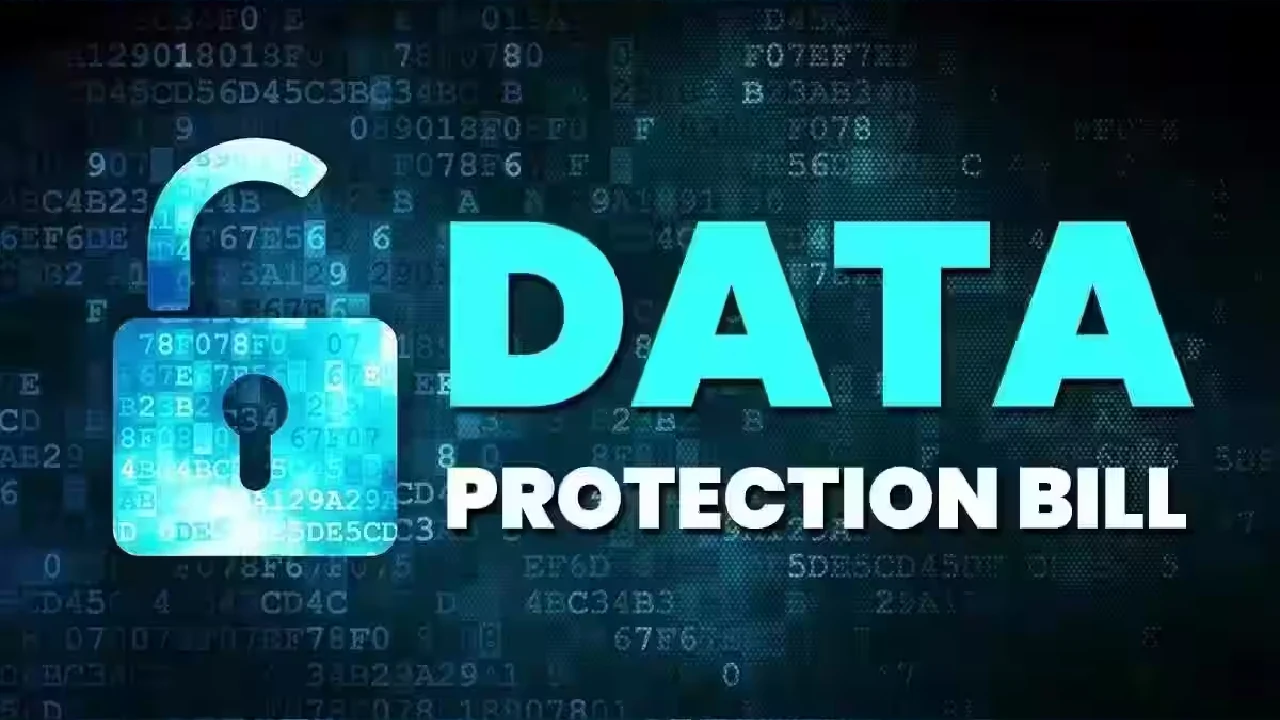Table of Contents
Introduction
In its historical, doctrinal meaning, the right to personal data protection has been understood as an extension of the right to life. Since its protection is extended to other goods and freedoms of the individual, having as its object not only the protection of life but also the informational self. Determination, honesty, reliability, and care in handling people’s data for reasons of public interest. Which transcend the volitional sphere of the individual (Villanueva and Nucci, 2012: 9 and 12).
This right’s evolution is significant because it circumscribes a process of theoretical, normative, and jurisprudential development. For this reason, it is relevant to mention its progress and recognition at the international level through the different legal instruments that have laid its foundations. From the conception of the right to private life to the configuration and credit of the right toward protecting personal data as an autonomous and independent right is also recognise at our country’s constitutional level.
Conceptual approach to the right to personal data protection
The study of the right to the protection of personal data is part of the evolution that it has had at the international level, from its conception as a limit on the possible interference of third parties in private life to the consideration of this right with a scope in The dignity of the human being.
Thus, this evolution can be implicit in the international context through the creation of specific legal instruments, such as the Universal Declaration of Human Rights of 1948, which in its article 12, establishes the protection of every person against arbitrary interference in their private life. , family, home, or communication, as well as outbreaks against their honour and reputation.
Later, in 1966, article 17 of the International Covenant on Civil and Political Rights collects similarly to the content of article 12 mentioned in the previous paragraph.
On the other hand, the Convention for the Protection of Human Rights and Fundamental Freedoms of 1950, in its article 8, recognises, for the first time, the right to private life, which is the right to data protection. Personal information emerges as part of the latter. Still, it is broader since it extends to relevant data, whether they appear as constitutional rights and whether or not they are related to honouring, ideology, private and family life, or any other good.
Federal Law on personal information protection Held by Private Parties
Currently, in Mexico, we have a specific law that protects the right to the protection of personal data in the custody of individuals (the LFPDPPP) that forms a set of principles and duties for those who carry out their treatment. That is, for those who I end the collection, use, expose, or storage of personal data by any means, that is, both physical and electronic media.
The Law provides the guiding principles in the matter: legality, consent, information, quality, purpose, loyalty, proportionality, and responsibility; duties: security and confidentiality; the rights of the owners (access, rectification, cancellation, or opposition), and the guarantees of protection if these rights are violate or during the processing of personal data some other type of violation has experience.
It is necessary to point out that the evolution of the subject responds to the influence that has permeated us at the international level, mainly due to the complete theoretical and jurisprudential development.
Personal data in the General Health Law and other health regulations
As is known, in health, the standard process data constitutes information that reveals a person’s physical and mental states, present, past, or future state of health, etc. Those who collect them create not only, that is, those responsible for the treatment. It can be from individual doctors, clinics, private medical associations, laboratories, medical offices, or large hospital consortiums, but on many occasions, their treatment extends to various sectors. Such as when there is a communication of the same to insurers, bonding companies, or third parties. In the worst case, they can be, for example, misused (in the case of insurance advertising) and for purposes other than those for which they initially collect.
For this reason, it is vital to highpoint that when we speak of health data, we refer to a wide range of possibilities. Since these range from genetic data, disability, disease, doping, alcohol consumption, tobacco, those related to sexuality, and even psychological and emotional health, They also include the prescription or medical prescription to the clinical file or other health documents.
Conclusion
The health sector exposes to a constant risk in terms of personal data protection. As it is a branch that, due to the delicate work it performs and the nature of the data it deals with, requires actions and constant evaluations that comply with the objective that the Law of the matter raised. Since the specific regulations, the LFPDPPP dates back to July 5, 2010. The date on which it publishes in the Official Gazette of the Federation is a relatively young implementation issue in our country.

